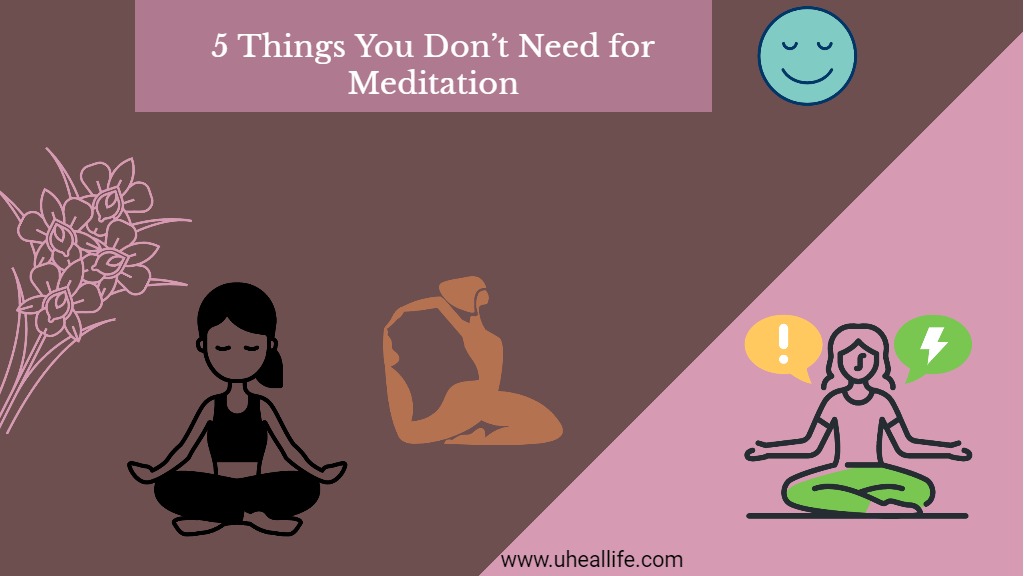5 Things You Don’t Need for Meditation
Meditation should lend itself to various times and places—what I term battleground meditation.
What is the point refining a fire drill to perfection but not being able to implement it when a real fire occurs and the power is out, people are yelling and panicky, and the floor is slippery? If the fire drill cannot be put into practice, it is a waste of effort.
Similarly, the ability to employ meditation under various conditions and settings, particularly stressful ones, is a great help and serves the purpose of the practice in the first place.
Here are five things you don’t need for meditation. Knowing this will help you meditate in different conditions and settings.
- Freedom from thought:
This misconception is not only an improper understanding of meditation but is also destructive in that it drives away many potential students of the discipline. To make matters worse, people are told that meditation can bestow freedom from thought. Where does that leave the prospective student? Can’t meditate unless free of thought and require meditation to be free of thought.
The above misunderstanding arises from the common statement, ‘….in meditation, one is free of thought…’ That is misconstrued to mean that meditation requires freedom from thought. In fact, in meditation, thoughts may be present or absent and, even when present, they do not bother the aspirant.
2. Specific posture:
No posture is an absolute for meditation. The posture utilized should be one that is comfortable and does not interfere with the practice. Remember, meditation occurs at the level of the mind, not any body part. One of my students has a health problem that makes him move constantly. He was getting frustrated. After a discussion, he agreed to try meditating while walking up and down in a room or on his terrace. He has obtained satisfactory results. In fact, he is also comfortable now meditating for brief periods with eyes open.
- No movement:
Some folks believe that, once you sit for meditation, no movement should be undertaken. I disagree. If you have an itch on the forehead or a discomfort in the position of the knee, for example, go ahead and scratch the darned forehead or move the darned knee. Sure, it is a brief interruption of meditation. But it beats spending the time in meditation focusing on the forehead or knee. In addition, meditation should be pleasant and enjoyable, not a punishment. So, relax and enjoy it!
Practicing meditation while still is certainly useful to develop skill and, more importantly, confidence to adhere to the practice and to progress. With time, practice and confidence, you can gain the ability to meditate under difficult conditions. Get comfortable with this and you are on your way to becoming a ‘master!’
4. Focus eyes:
Focusing eyes at the tip of the nose or the middle of the forehead is sometimes recommended. I have had many students say that they tried this and were uncomfortable. My experience with this practice has consistently resulted in headache and discomfort.
5. Chant/breath control:
Chanting and breath control are not harmful. I do not dissuade folks from these. Generally, chanting and breath control are difficult to implement in settings other than in a quiet, dark room unless they are silent and in a manner that others cannot detect.


Im excited to discover this web site. I want to to thank you for your time just for this fantastic read!! I definitely appreciated every part of it and I have you book marked to look at new information in your site.